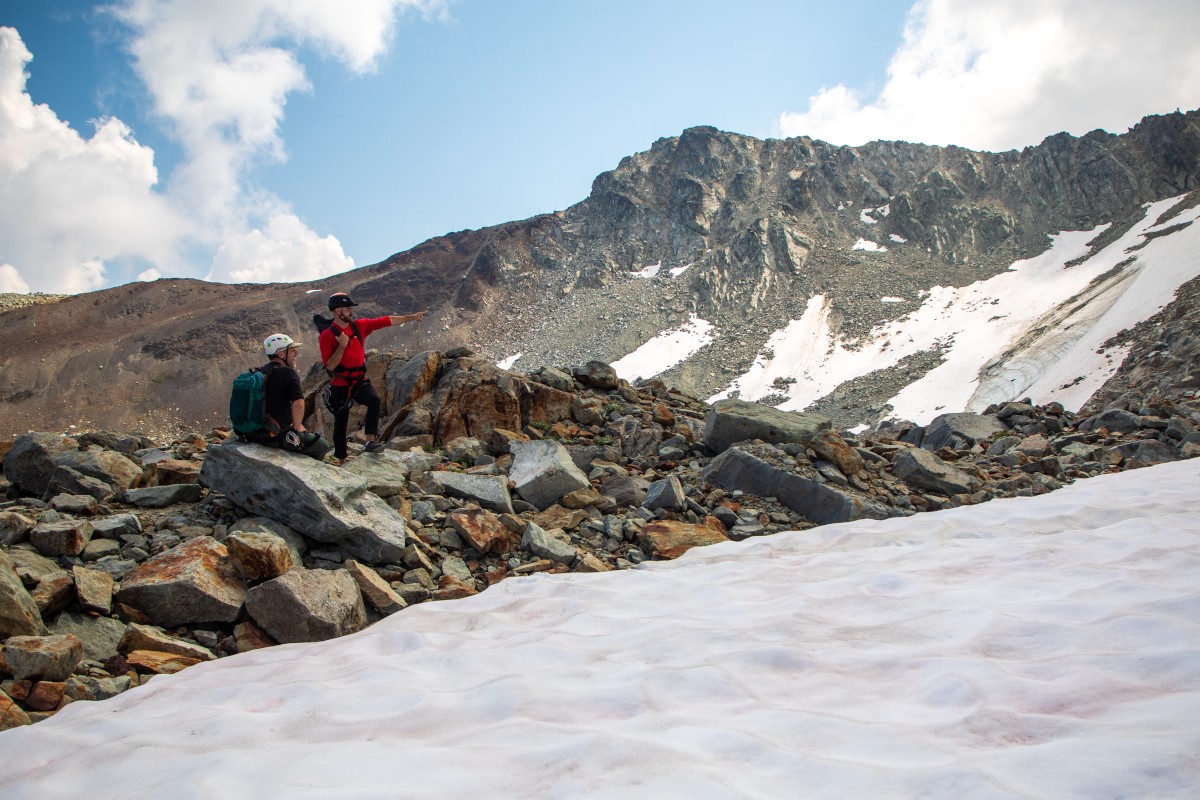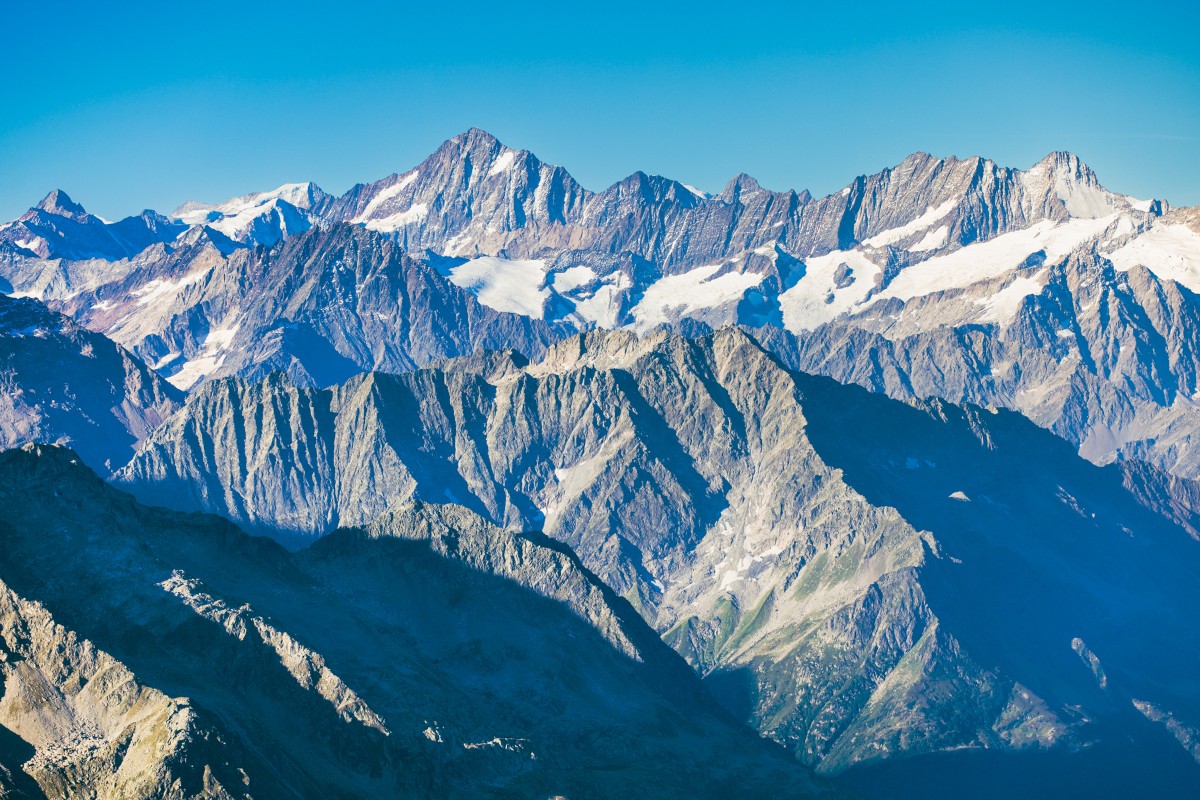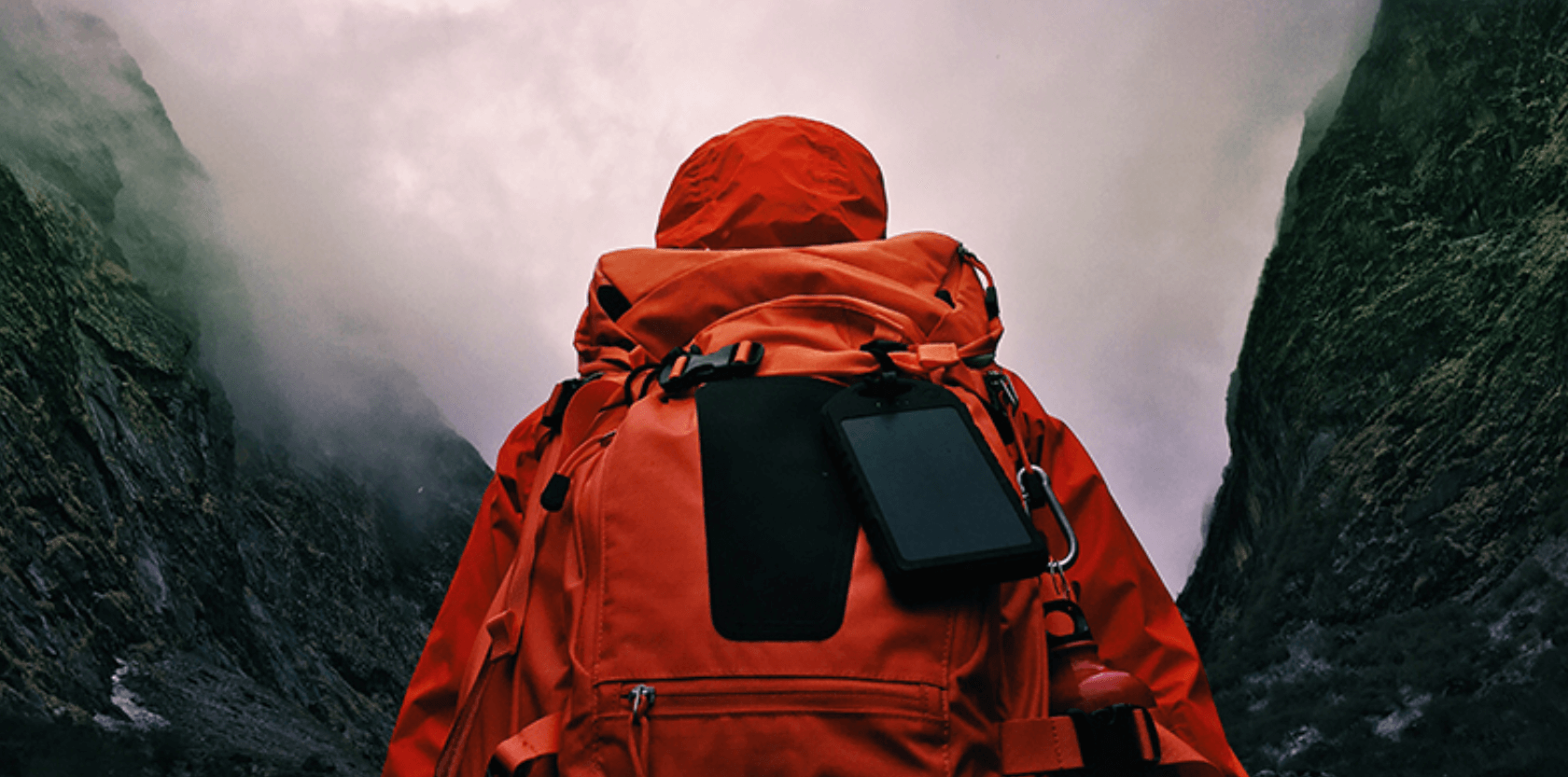
What is High Altitude?
Let's take a look at everything you need to know before you head to high altitude, whether you're taking a high-altitude trek or exploring a new region far above sea level.
Simply put, high altitude is defined as the distance above sea level a place is located. It's typically broken up into three categories:
- High altitude: The first category is defined as 5,000 to 11,500ft above sea level and includes places like Denver, Colorado, (5,280ft) and Cusco, Peru (11,152ft).
- Very high altitude: The next category of high altitude is from 11,500 to 18,000ft. Examples include Everest Base Camp (17,598ft) and La Rinconada, Peru (16,732ft).
- Extreme altitude: The maximum altitude category is anywhere above 18,000ft. This includes places like Mount Everest (29,032ft) and Aconcagua, Argentina (22,837ft).

How High Altitude Affects the Body
Simply put, the air at a high altitude contains less oxygen for your body to use. In response, your body may experience an increased breathing rate, an elevated heart rate, and dehydration, and you may feel fatigued or dizzy due to the low oxygen available to you.
If these symptoms worsen and persist, you may be developing altitude sickness.
Adventure expert and high-altitude specialist Tom Bochnowski shares his insights:
“Interesting enough, fitness has little to do with someone’s success at altitude. Some of the most accomplished marathoners have quickly succumbed to the effects of altitude at even modest elevations. Whilst, others with significantly less physical ability have been to very challenging elevations with no altitude sickness symptoms whatsoever. The key is to allow time to acclimatize slowly, and it is commonly agreed upon that those who take the time while ascending, have much better success in their high-altitude adventures.”
Preparing for High-Altitude Travel
So, how to prepare for altitude ahead of your trip? One of the best ways is to ensure you’re physically fit and healthy before you go.
A general state of fitness will be your best preparation, particularly if you’re doing any hiking or trekking at high altitude. In the weeks leading up to your departure, work on your physical fitness and aerobic capacity with exercises like running and swimming. Do breathing exercises that strengthen your diaphragm. Eat a nutritious diet, sleep well, and avoid alcohol and smoking.
You’ll also want to look into adventure travel insurance that includes medical coverage, search and rescue, and emergency evacuation, especially if your itinerary involves hiking and trekking or risky activities in remote locations. Redpoint’s comprehensive policies include medical care and emergency evacuation coverage, so you can travel with confidence.
What to Expect During High-Altitude Travel
You may not feel your best when traveling at high altitude. Headaches and fatigue are common. The best advice to prevent symptoms is to ascend slowly — roughly 1,000 to 1,600ft per day — and hydrate properly and avoid overexerting yourself when you first arrive.
If you’re traveling to an extreme or very high altitude, you should also spend several nights getting there, gradually increasing your elevation along the way. Traveling to an extreme altitude without stopping along the way will increase your chances of altitude sickness.
Dealing with High-Altitude Sickness
High-altitude sickness, or altitude illness, occurs when your body struggles to adapt to high elevations because there is less oxygen available. It typically starts to be an issue at elevations above 8,000ft and can get worse the higher your elevation is.
Altitude sickness can be mild and uncomfortable, but it can also escalate to a life-threatening condition if left untreated. Understanding its causes, symptoms, and preventive measures is key to a safe and enjoyable trip.
Causes of High-Altitude Sickness
High-altitude sickness is caused by reduced oxygen availability as you ascend to elevations above roughly 8,000ft.
It can be caused or worsened by ascending too rapidly, not taking time to acclimate, dehydration, and exerting oneself too much too soon after arriving at a high altitude. An individual’s overall health and fitness level can also contribute to whether or not they experience altitude-related health issues.
Types of High-Altitude Sickness
There are three main types of altitude sickness to keep in mind:
Acute Mountain Sickness (AMS): The most common and mildest form, called Acute Mountain Sickness, causing symptoms like headache, nausea, and fatigue.
High Altitude Cerebral Edema (HACE): A severe, life-threatening condition involving swelling of the brain, leading to confusion, loss of coordination, and potentially coma.
High Altitude Pulmonary Edema (HAPE): A dangerous buildup of fluid in the lungs, causing breathlessness, chest tightness, and a persistent cough
Signs and Symptoms of High-Altitude Sickness
Signs and symptoms of altitude illness include the following:
- Headache
- Nausea and vomiting
- Fatigue and dizziness
- Loss of appetite
- Insomnia
- Shortness of breath at rest, which is associated with High Altitude Pulmonary Edema
- Confusion or hallucinations, which is associated with High Altitude Cerebral Edema
What to Do if You Experience High-Altitude Sickness
Altitude sickness can become life-threatening if it is serious and left untreated. If you exhibit symptoms, stop ascending to higher altitudes and make sure you hydrate and monitor your symptoms closely. If they worsen and involve confusion and difficulty breathing, seek urgent medical attention. For help finding the appropriate care, Redpoint’s customer service team can be reached 24/7 at +1-415-481-0610.
Tom Bochnowski, a seasoned traveler and high-altitude expert, offers this guidance:
“The best medicine for altitude illness is simply descending to a lower altitude. If you are experiencing symptoms and have the ability to safely decrease your elevation, doing so is always the best course of action. Continuing to ascend will only exacerbate the situation, and may likely result in a worse outcome. As with any mountaineering, the top is only half way there, and wherever you are is the midpoint if you need to turnback.”
Tips to Prevent High-Altitude Sickness
- Ascend gradually, limiting elevation gain to 1,000 to 1,600ft per day.
- Stay hydrated and avoid alcohol.
- Rest for a day or two at intermediate altitudes.
- Eat a high-carbohydrate diet.
- Use preventive medications, like acetazolamide, under medical guidance.
- Listen to your body, and prioritize rest if symptoms arise.
FAQs about Travelling at High Altitude

1. How can I improve my altitude tolerance?
2. What is the fastest way to adjust to high altitude?
While adjusting, do light exercise to help acclimate, but don't overexert right away. You can also incorporate portable oxygen or supplements on the advice of a medical professional.
3. How do I prepare my body for high elevation?
You should also maintain strong cardiovascular fitness through workouts, like running, swimming, hill training, and interval training, and engage in deep breathing practices, including yoga or breathwork, to expand your lung capacity.
4. How do I prepare my lungs for high altitude?
You should also continue doing aerobic workouts, like running, and avoid smoking, including second-hand fumes, to expand your lung capacity.
5. How do I improve my altitude tolerance?
Protect Your Adventures With Redpoint
If you’re heading for a high-altitude destination, take Redpoint insurance with you. Our policies are designed for adventure travelers who want to get the most out of their trip with maximum coverage and peace of mind. Learn more about our international travel insurance plans — Ripcord, Cavalry, and Harbor — and get a quote for your next adventure today.




